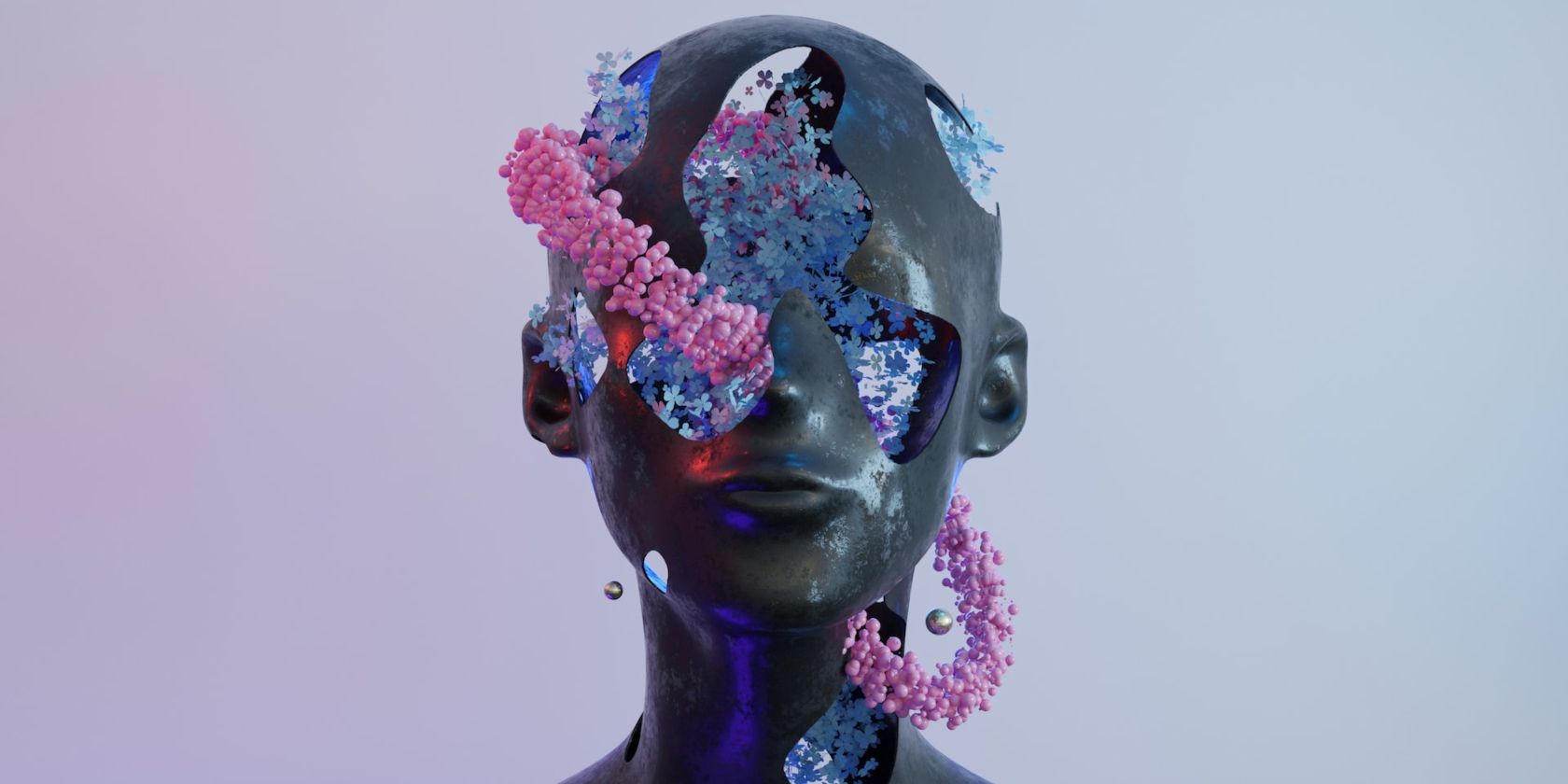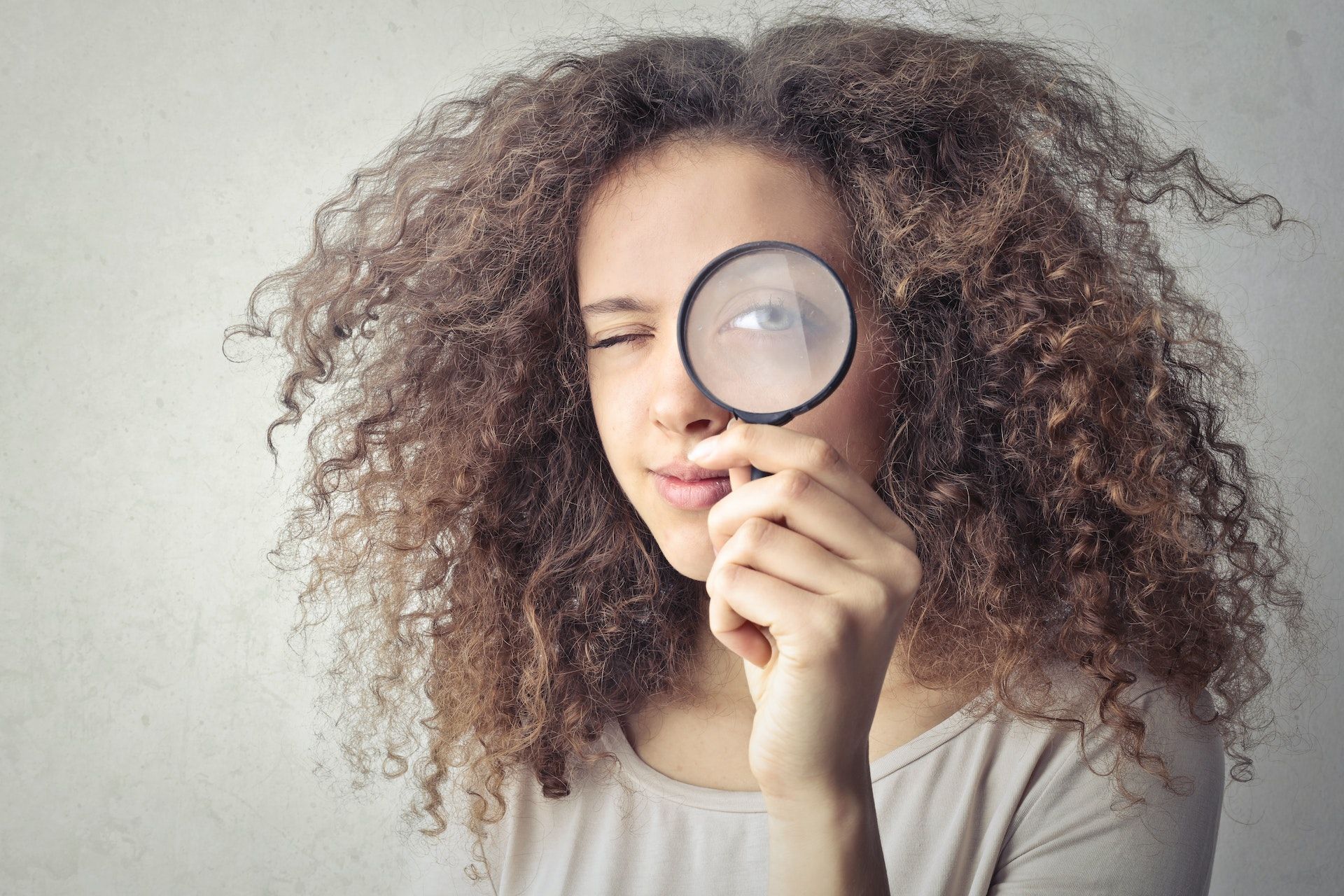Artificial intelligence and machine learning can do wonders, from making art to automating admin jobs. But they're also a risk as they can empower bad actors with tricks like deepfake.
As this particular technology evolves, it's a good idea to learn how deepfakes actually work and who would even want to use them—both legitimately and illegally.
Why It's Important to Understand How and Why Deepfakes Are Used
Mainstream applications of deepfake technology mainly revolve around funny, pornographic, or cinematic materials, but a study proved that deepfakes can fool facial recognition. This alone is a reason to worry and put your guard up.
The more the technology is used in everyday life and big-scale projects, the better its developers learn to create seamless fake videos of people, whether celebrities or family members.
Understanding how to protect yourself from deepfake videos is a must now, considering how eagerly industries are embracing the technology's perks, especially within entertainment.
Hollywood used it on several projects long before Metaphysic's deepfake AGT entry, which showed the world how fast and effective deepfake creation can be. Here's what the process involves.
How Do Deepfakes Work?
In terms of what's behind deepfakes, a clue is in the name: deep learning, the science of artificial neural networks (ANNs). What these do for deepfake algorithms is absorb data, learn from it, and create new data in the form of facial expressions or a whole face superimposed over yours.
Developers of deepfake software typically use one of two ANN types: autoencoders or generative adversarial networks (GANs).
Autoencoders learn to replicate the masses of data they're fed, mainly photos of faces and expressions, and recreate requested data sets. They're rarely exact copies, however.
GANs, on the other hand, have a smarter system, which includes a generator and a discriminator. The former reproduces data it's learned into deepfakes that must then fool the latter.
The discriminator compares the generator's creations against real images and determines their effectiveness. The best deepfakes, of course, are those that perfectly mimic human behavior.
So, how are deepfakes made with this technology? The algorithms behind apps like Reface and DeepFaceLab constantly learn from the data going through them so that they can effectively adjust facial features and expressions or layer one face over another.
The software is basically a video editor specifically designed to manipulate faces. Some apps are more complex than others, but all-in-all you can do anything from aging someone up or down to editing yourself into movies.
But the technology still has flaws. Deepfake creation may be more complicated than how fake live videos are made, but it can be just as straightforward to detect as false.
How to Spot a Deepfake
Because deepfakes are mainly made by machines, the digital face's features or mannerisms don't always look natural. There may also be mistakes in the video's setup. In other words, you can tell fake footage if you know what to look for.
Here are some tell-tale signs:
- Unnatural blinking: Machine learning often overlooks eye blinking or makes it look awkward.
- Blurry or unstable features: Someone's hair, mouth, or chin could be slightly blurred or moving in strange, often exaggerated, ways.
- Lack or misrepresentation of emotion: Poor deepfakes are impassive or mimic emotions badly.
- Awkward body language: If the person in the video moves their head or body in distorted or disjointed ways, it could be a deepfake.
- Wrong colors and lighting: Discolorations, inexplicable lights, and shadows are sure signs of a fake video.
- Inconsistent objects: While adjusting a video, deepfake software can make mistakes, like altering the shape of clothes, jewelry, and background items.
- Bad audio: Deepfakes can distort speech and sounds in a video.
Make the most of ways to spot deepfakes by learning what such videos are usually made for and paying close attention to details in the footage you see online—slow it down, if possible.
Additionally, more and more tools are being developed, like Microsoft Authenticator and Sensity's Forensic Deepfake Detection, that analyze videos on a minute level.
Who Uses Deepfakes?
Filmmakers are increasingly using deepfakes to age or replace actors' faces, as in Star Wars. Artists manage to animate portraits and make them talk and sing.
Marketers are experimenting with deepfake technology for promotional content that doesn't require hiring actors. Companies like WPP also apply it to their training videos.
Techies, in general, create funny videos where they swap faces with friends or layer one actor over another in popular movies. Sylvester Stallone has taken over Home Alone, and Heath Ledger's Joker appeared in A Knight's Tale.
Unfortunately, if you explore what else deepfake technology is used for, you'll find lots of malicious cases. Deepfake makers like to spread misinformation and offensive messages, as well as target celebrities and put them in adult movies. People are even blackmailed with fake footage.
In its current unbridled form, deepfake is synonymous with risk to people's privacy rights, security, and even copyright, for example, when the algorithm clearly uses a photo or artwork not publicly available.
This is why countries and brands are putting their foot down. As of 2021, according to the Cyber Civil Rights Initiative's map of deepfake laws in the US, four states now crack down on published deepfake videos that depict someone in an explicit or otherwise harmful way.
China is also making moves to criminalize deepfakes that harm people and society, whether by violating individual rights or spreading fake news. Even Meta announced in 2020 that misleading, manipulated videos weren't welcome.
In addition to regulation, official bodies worldwide push for better detection and prevention of deepfake crimes. The Rathenau Instituut's report on how European policy should handle deepfakes endorses software with tools like speaker and facial recognition, voice liveness detection, and facial feature analysis.
Learn How Deepfakes Work to Mislead You
Deepfakes have already gone mainstream, for better or worse. So, enjoy the funny and inspiring videos while preparing to tackle any malicious ones.
At the end of the day, what is a deepfake such as this, but a tool designed to trick you? If you know what to look for and how to react, it has less power over you.
For example, you'll be able to spot deepfakes on social media alongside fake news and accounts and dodge misinformation, phishing attempts, and more. As deepfake detection and prevention technology improves, more support will come your way.


